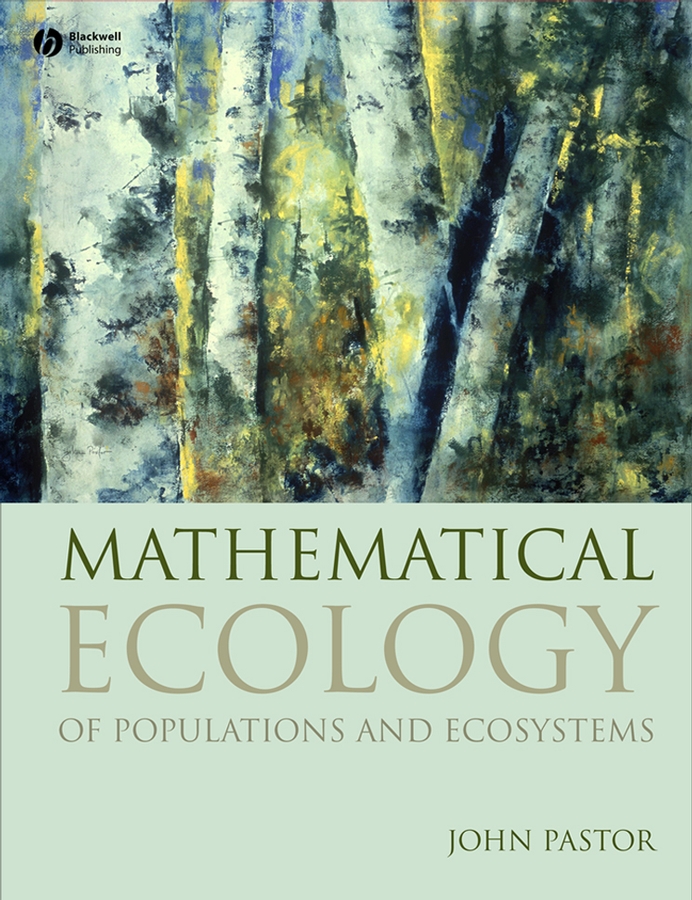CLCQ1
LanguageENG
PublishYear2009
publishCompany
Wiley
EISBN
9781444300956
PISBN
9781405188111
edition
1
- Contents
Collected by
- Princeton University
- Yale University
- Harvard University
- Columbia University Library
- University of Chicago











